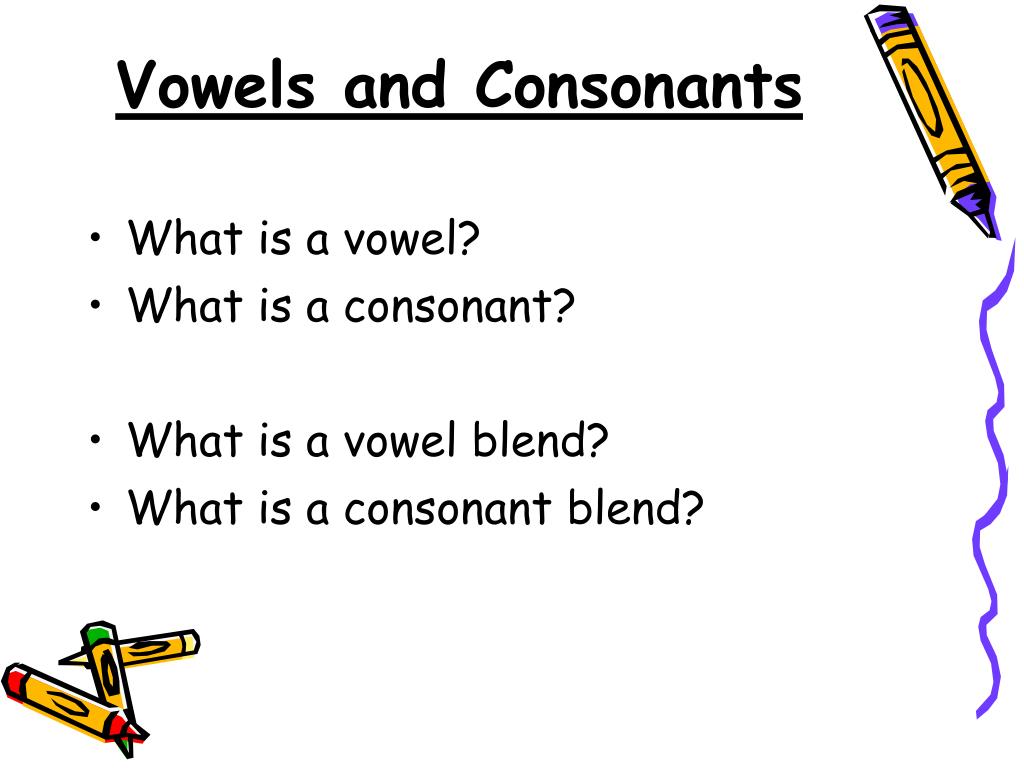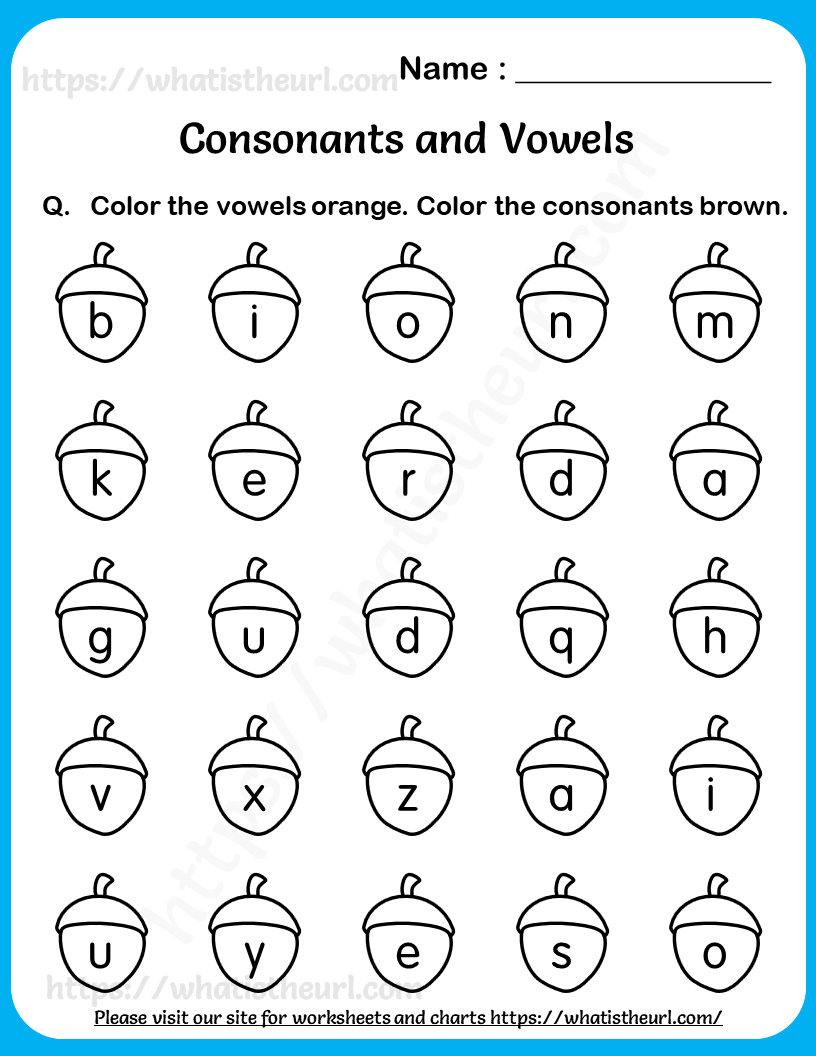

txt file is free by clicking on the export iconĬite as source (bibliography): Vowels and Consonants on dCode. The copy-paste of the page "Vowels and Consonants" or any of its results, is allowed (even for commercial purposes) as long as you cite dCode!Įxporting results as a. Consonants may come alone or in clusters but have to be connected to a vowel to form a syllable. Consonants A consonant is a sound that is produced by blocking air from flowing out of the mouth with the teeth, tongue, lips, or palate. Except explicit open source licence (indicated Creative Commons / free), the "Vowels and Consonants" algorithm, the applet or snippet (converter, solver, encryption / decryption, encoding / decoding, ciphering / deciphering, breaker, translator), or the "Vowels and Consonants" functions (calculate, convert, solve, decrypt / encrypt, decipher / cipher, decode / encode, translate) written in any informatic language (Python, Java, PHP, C#, Javascript, Matlab, etc.) and all data download, script, or API access for "Vowels and Consonants" are not public, same for offline use on PC, mobile, tablet, iPhone or Android app! Vowels provide large benefits over consonants for speech intelligibility of sentences ( ), yet no such difference is apparent in isolated words ( ). If the vowel sound changes within the same syllable, it’s most certainly a diphthong.

Ask a new question Source codeĭCode retains ownership of the "Vowels and Consonants" source code.

Phonology talks about vowels and consonants, phonetics talks about vocoids and contoids. To be precise terminologically, in phonetics, contoids are the equivalent of consonants and vocoids are the equivalent of vowels.


 0 kommentar(er)
0 kommentar(er)
